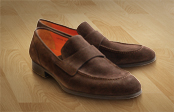- Products
- Classic
- Shoe Polish Shoe Polish Búfalo Shoe Polish contains real beeswax.
It nurtures all kinds of robust and smooth leathers.
More information.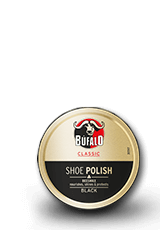
- Shoe Polish
- Express
- Care & Shine Care & Shine Búfalo Care & Shine with a superior glossy-shine formula.
It is a self-shining shoe cream for all smooth leather shoes. More information.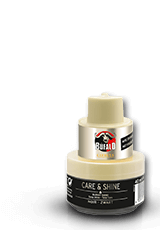
- Self Shine Self Shine Búfalo Self Shine contains real almond oil.
Quick application and premium quality for smooth leather shoes.
More information.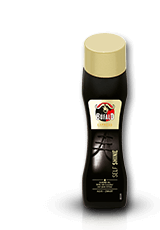
- Shoe Sponge Shoe Sponge Búfalo Shoe Sponge contains real beeswax.
It is a self-shine product for all smooth leather shoes. More information.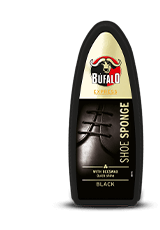
- Care & Shine
- Recolor
- Blanco Blanco With its effective titanium formula, Búfalo Blanco is a highly opaque product suitably designed to care for all types of white-coloured footwear.
It covers scratches and signs of wear and tear quickly and effectively. More information.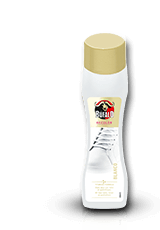
- Blanco
- Classic
- Product Finder
- Service
- About Búfalo
- Contact

The right care for every leatherThe perfect summer shoeThe perfect winter shoeCaring for velour fashion boots
Chewing gum stuck to your shoeKeeping your shoes freshA secret tip for extra shineHow to hide scratches on heels
The right way to waterproof Caring for your handbagLooking after football shoesThe right care for suede shoes
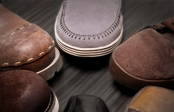
The right care for every leather
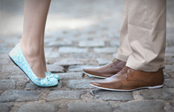
The perfect summer shoe
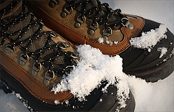
The perfect winter shoe
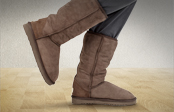
Caring for velour fashion boots
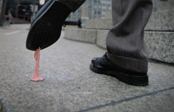
Chewing gum stuck to your shoe
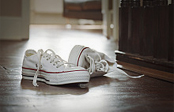
Keeping your shoes fresh
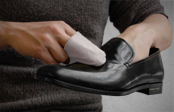
A secret tip for extra shine
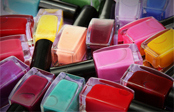
How to hide scratches on heels
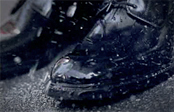
The right way to waterproof
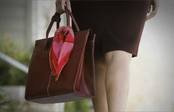
Caring for your handbag

Looking after football shoes
